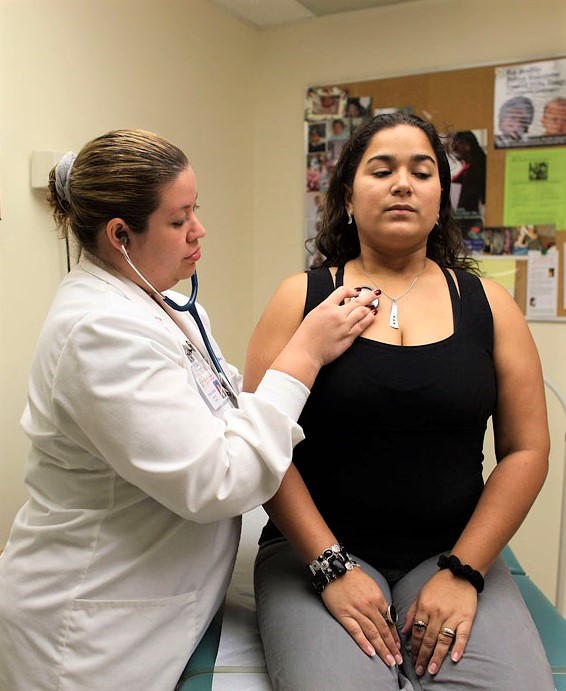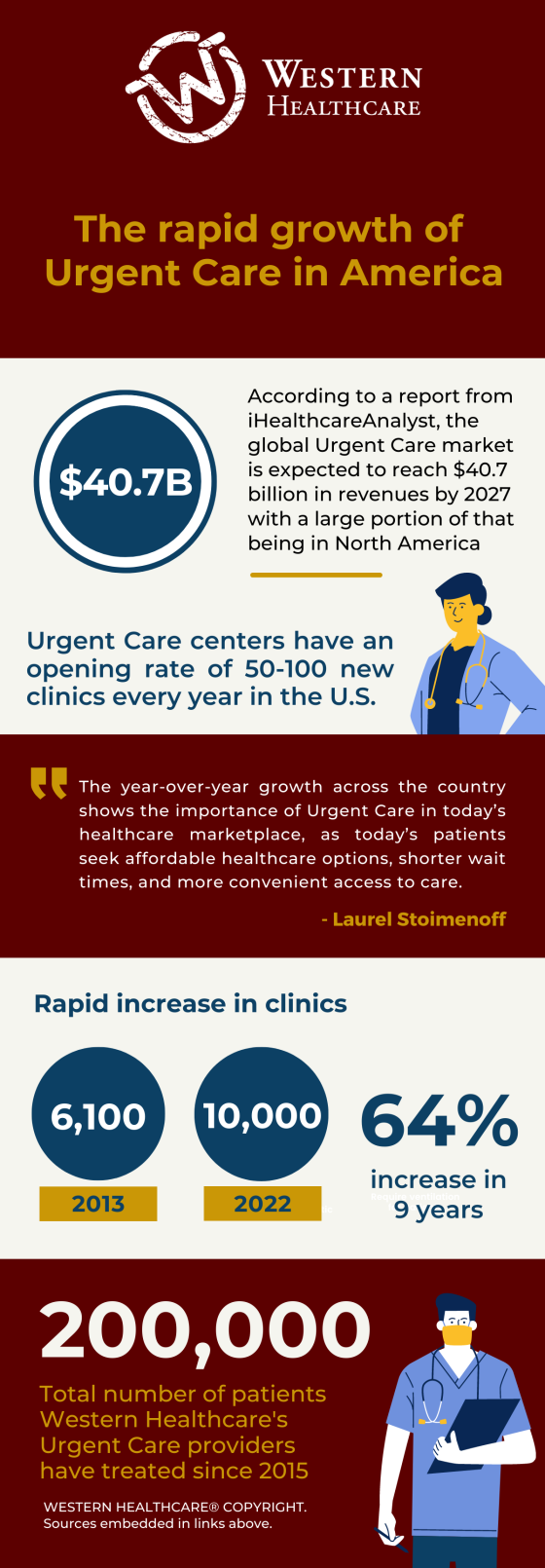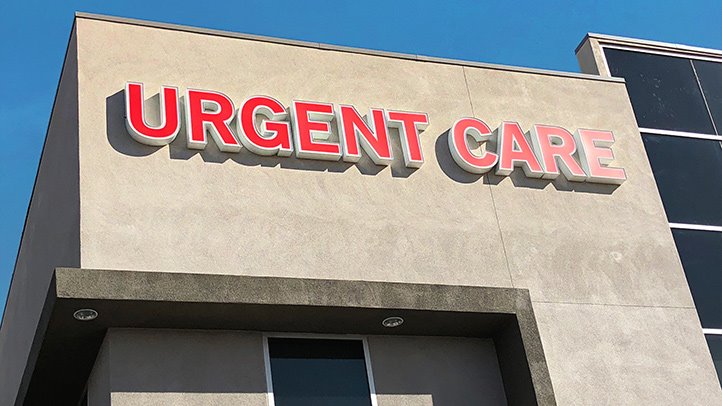A Synopsis of the Urgent Care World and Why It's So Popular
Many Americans are familiar with the variety of healthcare specialties, and at some point, most of us have said or heard someone say, “I need to see my doctor.” Unfortunately, what often follows is the realization that a same-day or next-day appointment is not possible, resulting in frustration with the current healthcare climate. This has given rise to the popularity of the Urgent Care option, which over the last decade has seen historic growth.
New Urgent Care clinics have been rapidly appearing throughout the United States, and according to the Urgent Care Association, an astounding 9,600 of them have been opened in just the past 10 years. From major metropolitan areas to small rural towns, there’s a good chance a new clinic has recently popped up near you.
History of Urgent Care
Prior to the establishment of the Urgent Care setting, the precursor to the “same-day” appointment was visiting the local emergency room (ER), and although ERs have been around since the Second World War, modern Emergency Medicine didn’t officially begin until the early 1960s. At that point, they were very poorly managed, and severely lacked the appropriate staff and medical equipment needed to fully function like today’s emergency rooms. The ‘Chicago Hope’ and ‘Grey’s Anatomy’ style of emergency departments came many years later.
As the 1970s emerged, so did the birth of Urgent Care clinics. These small, free-standing healthcare facilities – most often staffed by Emergency Medicine and Primary Care trained providers – offered extended hours of operation and “same-day” appointments. This convenient, cost-effective method for primary healthcare and non-emergent services continued to gain popularity through the early 2000s, and by 2010, the Urgent Care model was booming.
Many other factors also contributed to this explosion in growth, including state-of-the-art medical equipment, better-trained clinicians, and the demand for more of a one-stop-shop option. Today, Urgent Care clinics are equipped to treat patients of all ages with a variety of medical conditions from the flu to small wounds needing stitches, to pulmonary issues, infections, sprains, strains, and breaks. Additionally, they offer economically priced diagnostic services such as X-rays and laboratory tests. Urgent Care is now widely accepted as an integral part of wellness in America.

What Makes Urgent Care So Attractive to Clinicians and Patients?
From a clinician’s perspective, the number one reason to practice in the Urgent Care setting is the ability to maintain a work-life balance. Urgent Care practitioners have substantially more flexibility in their work schedule due to commonly choosing three 12-hour shifts per week versus a five-day work week, while earning the same or more income than they would in the traditional outpatient setting. All of this leads to a less stressful lifestyle.
From a patient’s perspective, accessibility, timeliness, and convenience is key. Have a bad earache? The flu? You can be seen in an Urgent Care clinic any day of the week and receive treatment within one hour rather than booking the next available appointment with your Primary Care physician days or weeks later. This allows patients to get treated when it’s the best time for the patient, not the other way around.
Finally, many patients gravitate towards Urgent Care to save money. On average, a visit to the Urgent Care clinic will be 10% of that compared to an ER visit.
The Future of Urgent Care
Looking at the latest statistics, Urgent Care continues to grow in popularity nationwide. According to Forbes.com, U.S. Urgent Care centers have an opening rate of 50-100 new clinics every year. This is especially vital to rural small towns lacking a hospital.
Laurel Stoimenoff, the previous CEO of the Urgent Care Association said:
“The year-over-year growth across the country shows the importance of Urgent Care in today’s healthcare marketplace, as today’s patients seek affordable healthcare options, shorter wait times, and more convenient access to care.”
With the Urgent Care sector growing at such a rapid pace, there are some interesting predictions of how much this field will truly grow. According to a report from iHealthcareAnalyst, the global Urgent Care market is expected to reach $40.7 billion in revenues by 2027 with a large portion of that being in North America.
In 2013, there were 6,100 Urgent Care centers in America. As of 2022, there are roughly 10,000 locations – a whopping 64% increase. As the number of Urgent Care clinics continue to grow, so does the demand for Urgent Care doctors across the country.
Why Western Healthcare for Urgent Care?
Looking for your next opportunity? Need providers at your Urgent Care clinic? We can help with both!
Western Healthcare has staffed hundreds of Urgent Care locations across the U.S. with physicians and advanced practitioners, and since 2015, these providers have worked more than 50,000 hours treating nearly 200,000 patients.
Urgent Care is a balanced blend of emergency and primary care. Our staffing expertise and extensive provider database gives us a distinct advantage in meeting coverage needs for our clients and providing job opportunities for our clinicians.
Let us support you on this journey. Your success is our success. Explore our current Urgent Care job opportunities on our job search page or call 1-800-971-4131 to learn more about our staffing services.





